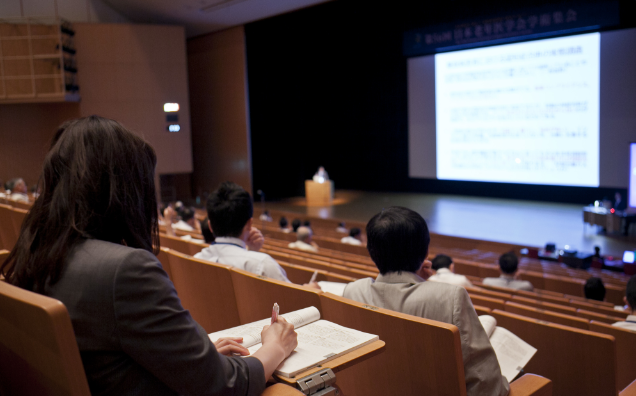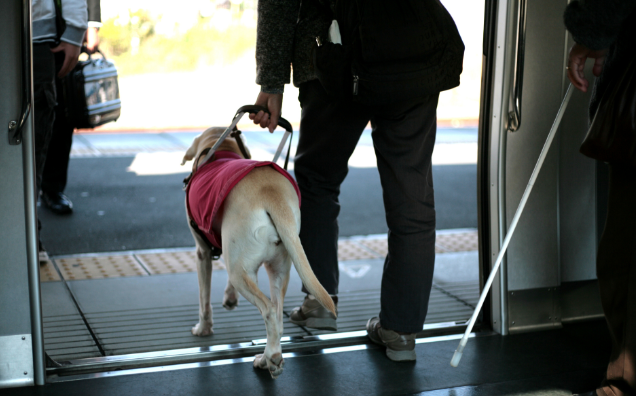- TOP >
- Efforts of Ginza Capital Hotel
Efforts of Ginza Capital Hotel
(main building) 2-1-4 Tsukiji, Chuo-ku, Tokyo
(Akane) 3-1-5 Tsukiji, Chuo-ku, Tokyo
(Moegi) 3-3-1 Tsukiji, Chuo-ku, Tokyo
We want to welcome any kind of guest and respond to their needs
Our stance is to immediately do whatever we can to respond to the needs of our diverse guests
Located within walking distance of Ginza and other popular sightseeing spots in the heart of the city, Ginza Capital Hotel is popular among tourists and business men as well as foreigners and therefore boasts a high occupancy rate. Some guests stay at the hotel in order to go to the nearby large-scale hospital, and the hotel staff members welcome various kinds of guests. Makoto Araki, the sales manager, and Aiko Ito, the sales chief, told us about the hotel's specific efforts to respond to diverse guests as well as particularly impressive episodes.
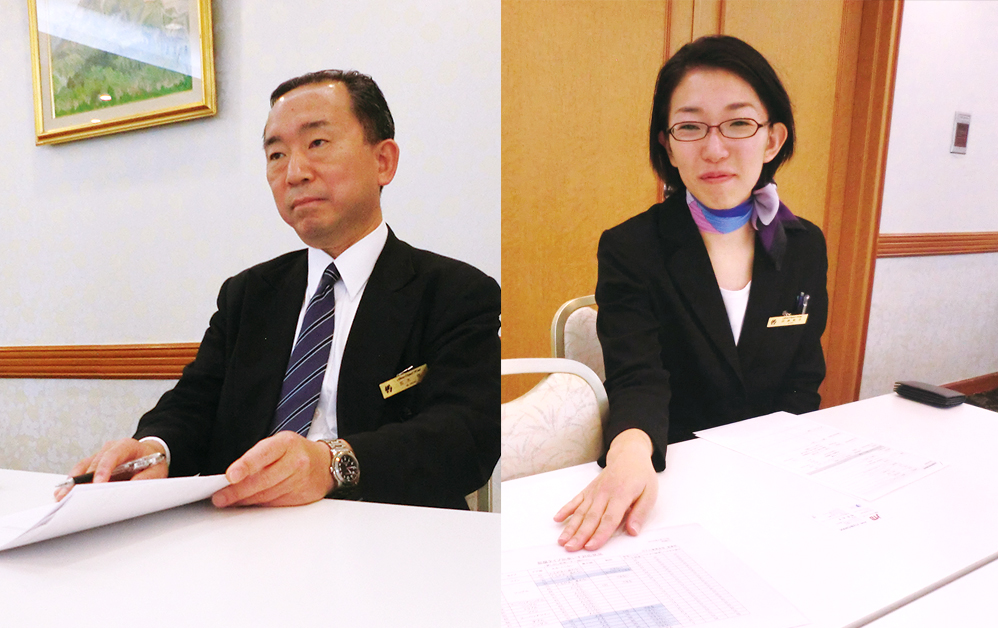
Providing facilities and equipment for diverse guests
Our hotel is frequented not only by business people and tourists but also by people going to the large nearby hospital since it happens to be the nearest accommodation facility. A diverse range of people therefore stay at the hotel, including both wheelchair users and people with visual and hearing impairments. In addition, although this does not have to do with disabilities, there are no nearby restrooms or facilities where it is possible to change infants' diapers, so some people simply want to use our restrooms. Regardless of whether they are staying with us, we always let people in trouble use our facilities. In addition, we have received participants in a school trip from a special-needs school before. To achieve this, we met with the students' teacher in advance and bought non-slip bath mats, bath chairs, and other equipment.
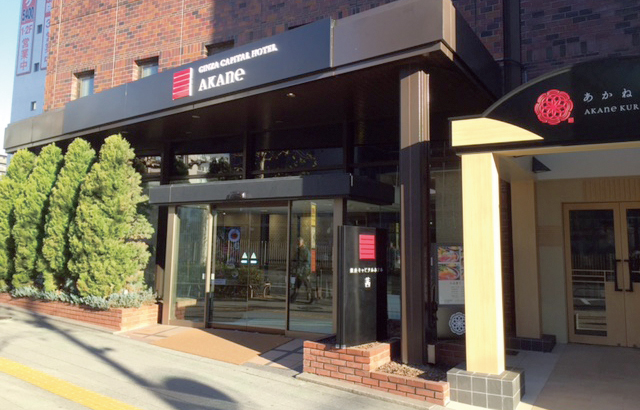
Achieving accessibility through renovations
The 2nd floor of our Akane building (our new building) has a multipurpose restroom that was built five years ago. We couldn't build such a restroom on the 1st floor due to space constraints, but the 2nd floor-which is accessible by using an elevator-has a banquet hall and restaurant, and we installed the multipurpose restroom when renovating the banquet hall. In addition to equipment for ostomates, a diaper-changing table, and a baby guard, we installed a changing board, for which there was high demand due to a nearby theater.
The 2nd floor also has a barrier-free room. This was built 10 years ago by renovating a room that had already been expanded for use by four guests. We added an extra bed in addition to the existing three. As part of the 2018 renovations, we made the bedside desks movable and cut the handrail near the entrance somewhat to make it possible for guests in wheelchairs to more smoothly get around. In addition, based on advice received through the Accessible Tourism Promotion Counselor Dispatch Service, immediately after making the renovations, we stored the slippers that were in the entrance passage at the time on a shelf to make it possible for guests to more effectively use the handrail and passage.
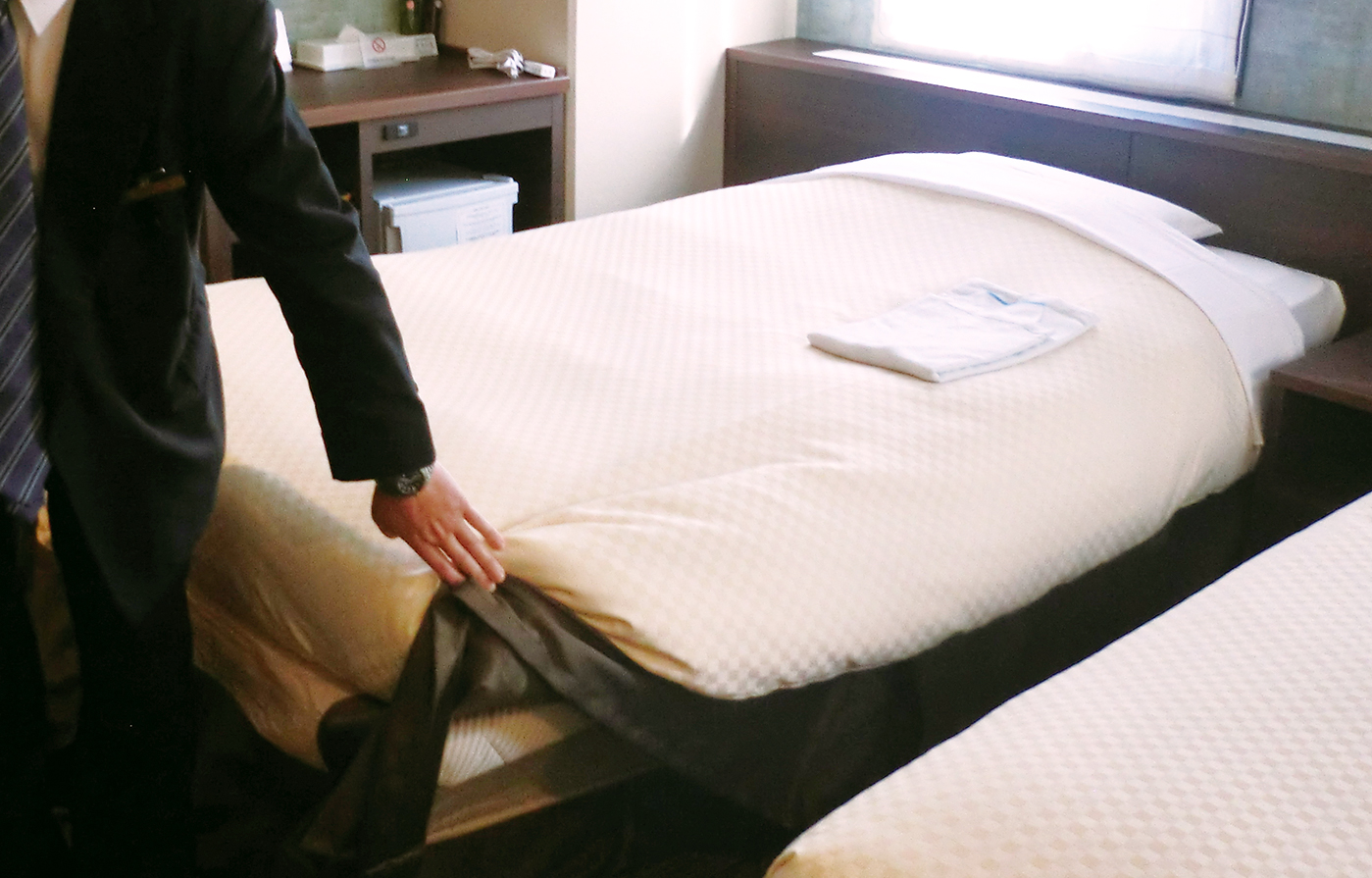
Listing room features to tailor our response to each guest
Our building is over 40 years old, and one result of this is that some of our guest rooms are cramped and our modular bathrooms have steps. However, we have checked every room and prepared lists that include the guest-room entrance widths, modular-bathtub-step and bathtub heights, and whether it is possible for wheelchairs to move within each guest room. For guests in wheelchairs who would like to use ordinary guest rooms, we provide this guest-room information and determine whether room usage is possible. In addition, this list is also available at the front desk, so-even if wheelchair or cane users suddenly show up-this list can be checked to change to rooms that are as suitable as possible for the needs of the guests or to take other appropriate action.
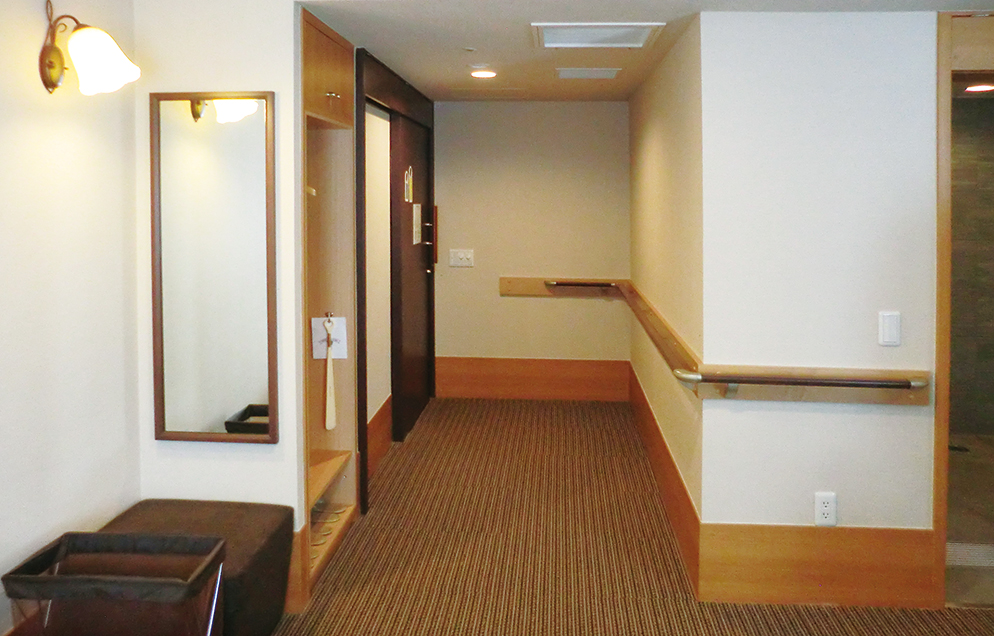 Cutting the handrail near the entrance
Cutting the handrail near the entrance
Utilizing knowledge gained from training to respond to guests
Three years ago, our hotel was closed due to major renovations. This opportunity was used to provide training to all the employees. Follow-up training was provided as well.
As a result of receiving practical training on characteristics of various disabilities, employees who once did nothing when guests in wheelchairs were nearby became quick to approach and assist guests using taxis, and the employees learned the importance of knowledge related to watching how wheelchairs are operated and responding accordingly. There was once a time when, in response to a request from a guest for a bathroom without steps, booklets, etc. were bundled up to make do because we didn't have any better ideas, but now we handle such requests with rental equipment and similar measures.
I also remember a time when I saw a guest who was using a handcart and clearly had trouble walking, and I didn't have any knowledge at the time regarding how to respond. I asked them if there was anything I could do to assist them, and they asked me to help them put on and take off their jacket, but I wasn't sure how to do that either, and I ultimately ended up having the guest teach me what to do.
Later on, I underwent training to learn the principles of helping guests put on or take off clothes, so now this goes more smoothly. In fact, that particular guest has become a repeat customer and now stays with us about once every six months.
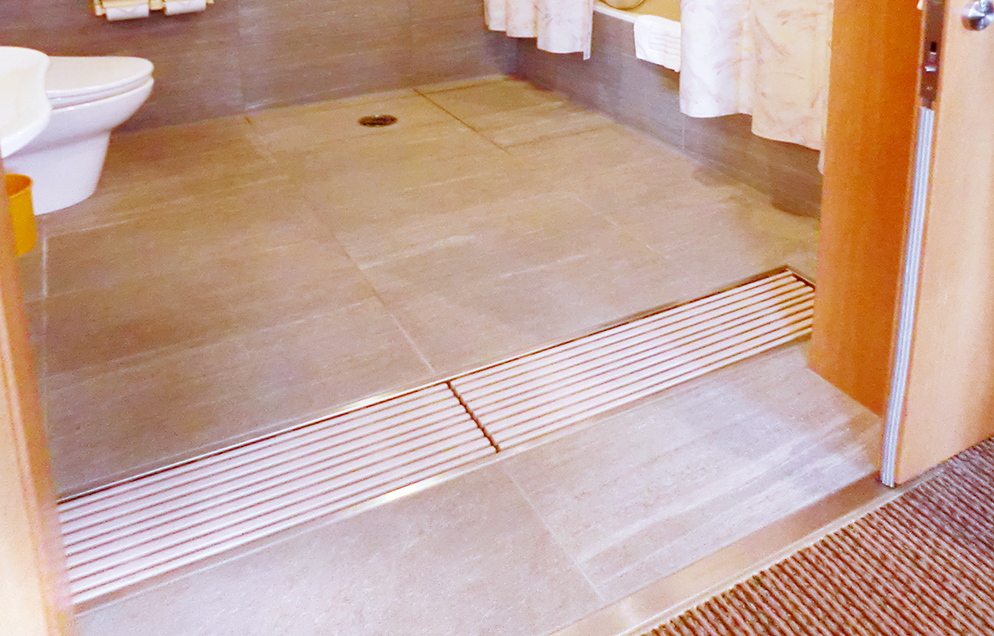 Getting rid of bathroom steps
Getting rid of bathroom steps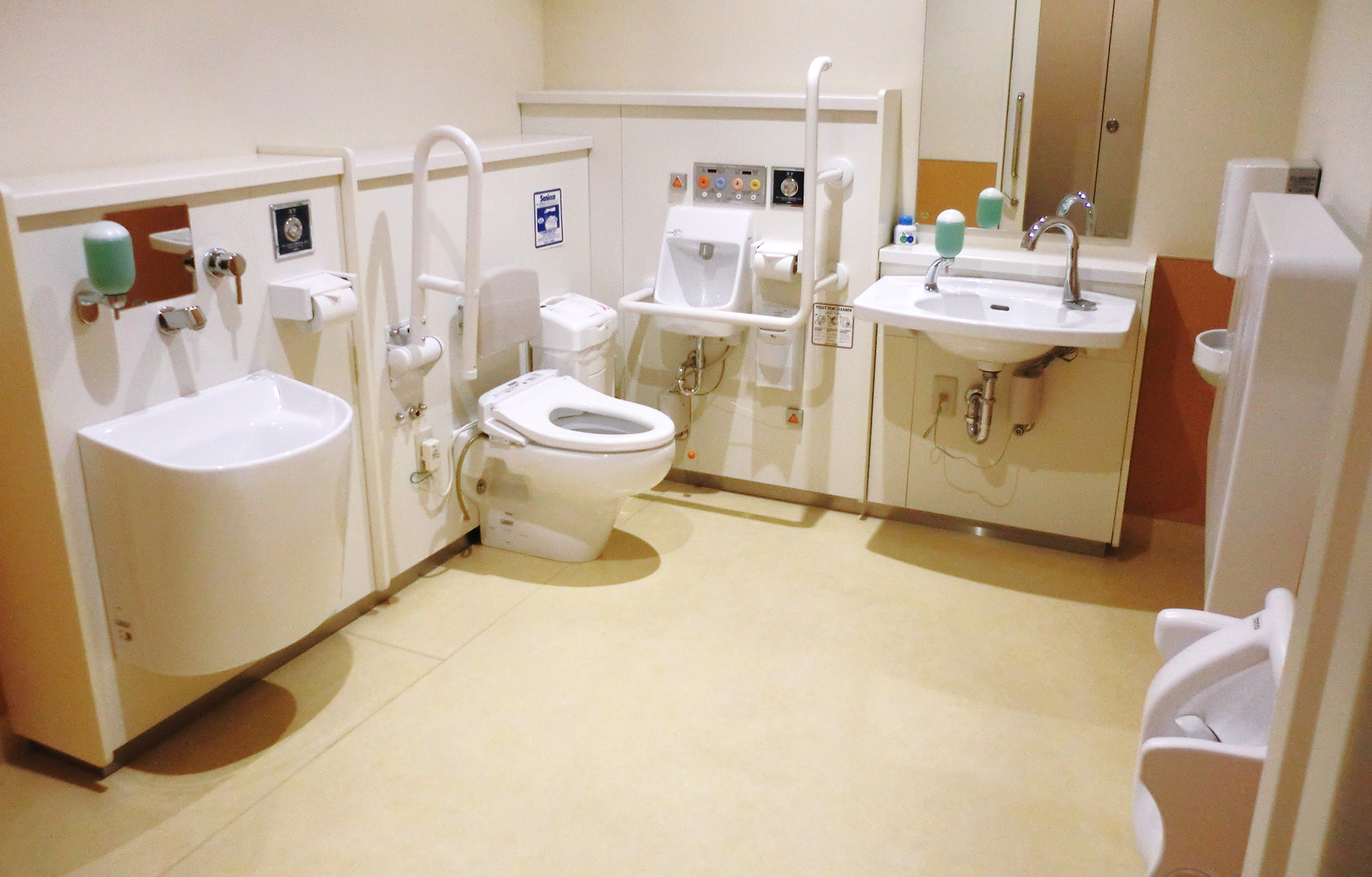 Multipurpose restroom on the 2nd floor of the Akane building
Multipurpose restroom on the 2nd floor of the Akane building
 social media accounts
social media accounts
Tokyo, a city that is accessible everywhere to anyone.
Sightseeing where you wish, as you wish.
This ability to travel anywhere you please makes life that much richer.
Tokyo welcomes your visit.
Here you can encounter tradition,
history, culture, nature, technology,
and, best of all, smiling faces.
Making tourism closer and more
enjoyable through accessible tourism.



